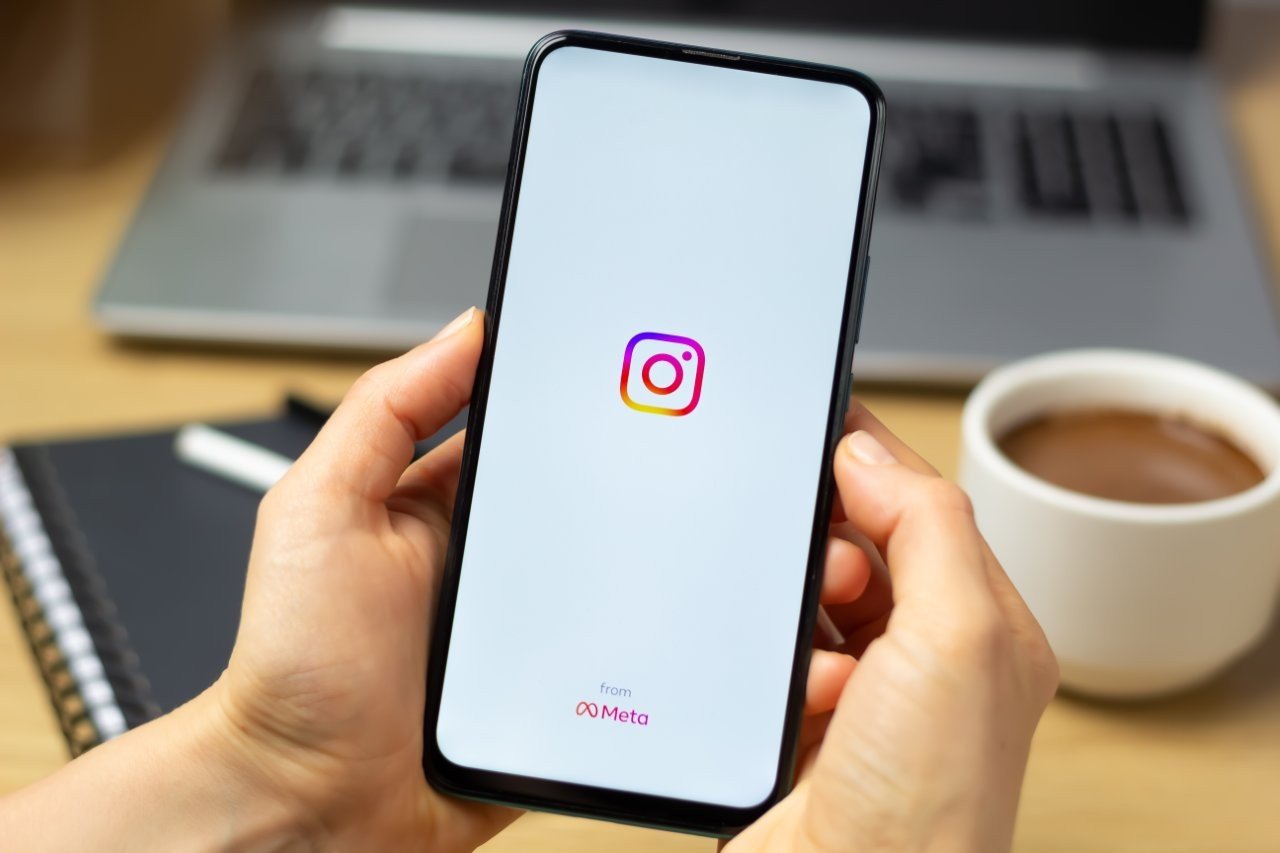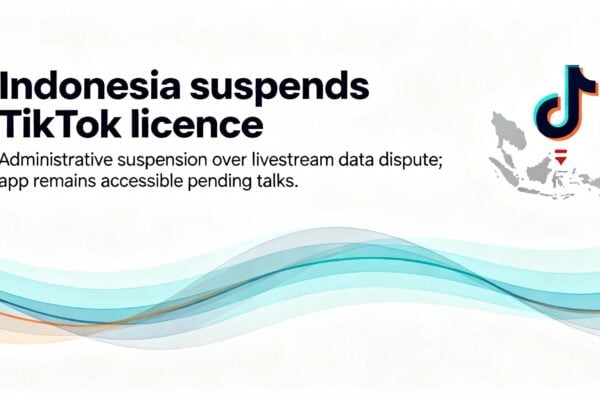Gavin Patterson, MEF’s Director of Data, explains how Instagram’s latest milestone marks a defining moment for Meta’s ecosystem. With 3 billion people now active on the platform each month, Instagram’s evolution from social sharing to messaging, video and commerce raises new questions about growth, engagement and the balance between innovation and sustainability in the global digital landscape.
On 24 September 2025, Meta CEO Mark Zuckerberg announced that Instagram had reached 3 billion monthly active users, just eight months after Facebook achieved the same feat, and approximately three years since it passed the 2-billion mark in October 2022.

To understand the 3 billion milestone better, it means nearly 40% of the entire human population is now logging into Instagram each month, depending how you define ‘active’ – as well as stablemates Facebook and WhatsApp – which only serves to underscore Meta’s dominance and increased leverage over cross-platform advertising, product development, and feature roll-out.
The announcement came as Instagram unveiled an overhaul of the social media app, which will change its home screen to prioritise Direct Messages (DMs) and Reels to encourage further growth of the app. “Messaging, reels, and recommendations have driven most of our recent growth,” said Instagram head, Adam Mosseri. “So, over the next few months, we’re going to better organize the app around those features.”
Instagram already contributes heavily to Meta’s ad revenue, but hitting 3 billion users creates an even more attractive platform for advertisers as the value to brands is reinforced through both reach and engagement.”
Instagram’s growth suggests that Meta’s investment in Reels is working, and Instagram is testing more feed controls, adjusting how Reels and DMs are prioritized in navigation to better serve users’ preferences which help in retaining engagement and time on the app.
According to MEF’s annual consumer surveys, use of Instagram as a means to communicate with friends and family has risen from an average of 36% of smartphone users in 2022, to 48% this year. However, some markets are way ahead of the average with 77% of users in India now using the platform, followed by 68% in Brail, 57% in each of Indonesia and Turkiye, and 55% in Italy. And more users also equals more data points, which gives Instagram tremendous clout in terms of cultural influence, trends, and marketing power.
Instagram already contributes heavily to Meta’s ad revenue, but hitting 3 billion users creates an even more attractive platform for advertisers as the value to brands is reinforced through both reach and engagement. Moreover, its content strategy, especially around short‑form video, will intensify the pressure on rivals (such as TikTok) which must continue innovating and expanding. In terms of the competition, YouTube is still one of the biggest platforms for video content, especially longer form, with around 2.6 billion MAUs, while TikTok is growing fast in short‑form video with around 1.6 billion MAUs, and Snapchat has around 900 million.

The question is can Instagram now sustain growth at this scale? There will be a number of challenges to address, such as content moderation, spam and bot detection, infrastructure demands, regulatory scrutiny around privacy and algorithmic transparency and last, but not least, stagnation if engagement doesn’t keep pace with sign‑ups.
Nevertheless, Instagram reaching 3 billion monthly active users is a landmark moment. It signals that the platform isn’t just a photo‑sharing app anymore, but a major hub for social interaction, entertainment (especially short video), messaging, commerce, and culture.
When compared with Facebook, WhatsApp, YouTube, TikTok, and others, Instagram is now firmly in the top tier—not just in terms of scale, but in how it’s evolving its product to capture and maintain that scale.





